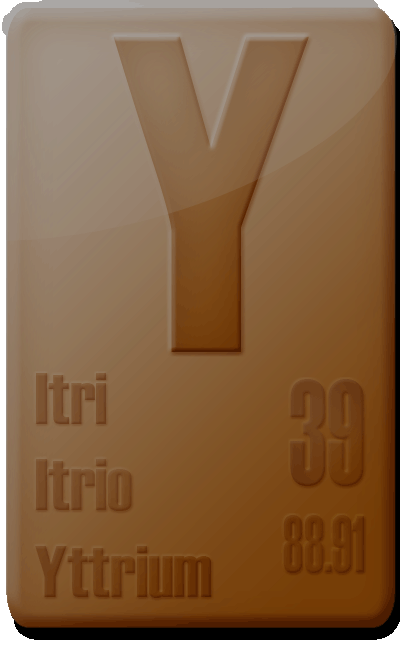The Journal Impact Factor (JIF) will reach WoS Arts and Humanities journals in 2023.

In May 2021 Clarivate reported that the 2021 JCR would have a new indicator to measure the impact of citations received by recent articles in a journal. This was the Journal Citation Indicator (JCI) and would be calculated for all journals in the Web of Science Core Collection, including even those without a Journal Impact Factor (JIF). This new indicator (JCI) would provide a single metric for comparing journals across disciplines, so that a value of 1.0 for a journal means that its articles (taking into account the last 3 years) receive a number of citations equal to the average number of citations received by journals in the same subject category. The JCI provided a complementary metric indicator with a much wider range of journals than the JIF and, among the positive aspects was that, for the first time, journals included in the WoS Arts and Humanities area had such an indicator.
Now, in summer 2022, Clarivate takes another step further along this path. For the first time, starting with the 2023 JCR, journals from the entire Web of Science Core Collection will have the Journal Impact Factor (JIF). This was something that had been eagerly awaited for a long time. It means that the JIF has been extended to all journals included in the Arts and Humanities Citation Index (AHCI) and also to all journals included in the Emerging Sources Citation Index (ESCI), a multidisciplinary database that contains quality journals that were in the process of evaluation to be included in WoS or that, due to their area of knowledge, it was very difficult for them to have JIF. Considering that the JIF is one of the most widely used metric indicators to value scientific journals, there is no doubt that this is an important announcement, especially for the field of Arts and Humanities, which had always been excluded from this possibility in WoS. Although the current trend in the evaluation of scientific activity is advocating not placing so much weight on this type of metric indicators (Leiden Manifesto and DORA), there is no doubt that it is a great step to put on an equal footing - or to approach - a whole field such as the arts and humanities which, to date, was quite complicated to evaluate with indicators of this type. It would have been desirable for this step to have been taken much earlier.
Assigning a JIF to all the journals in the Web of Science Core Collection will help to balance their evaluation, especially in those journals in areas that traditionally did not have one. In addition, this evaluation is made possible together with the other WoS quality journals, recently published journals, open access journals, and journals from a more restricted thematic or geographic area.
Reporting on these indicators, such as those obtained from JCR and WoS, allows the research community, publishers and librarians to assess and compare the scholarly impact of the world's quality journals using a wide variety of descriptive data. Giving all quality journals a journal impact factor will provide full transparency to the articles and citations that have contributed to the impact and therefore help them demonstrate their value to the research community.
The JCR of 2023:
Will feature nearly 9000 journals, from over 3000 publishers, many of which are small publishers from developing countries, will have a JIF for the first time.
It will reflect an 8% increase in gold open access journals that will have a JIF.
There will be a minimum 5% increase in Global South journals that will have a JIF.
Another change that the 2023 JCR will feature is that the JIF will only be displayed to one decimal place instead of the current three decimal places. In this way, it is expected that the other indicators and descriptive data found in the JCR will also be taken into account when comparing journals.




